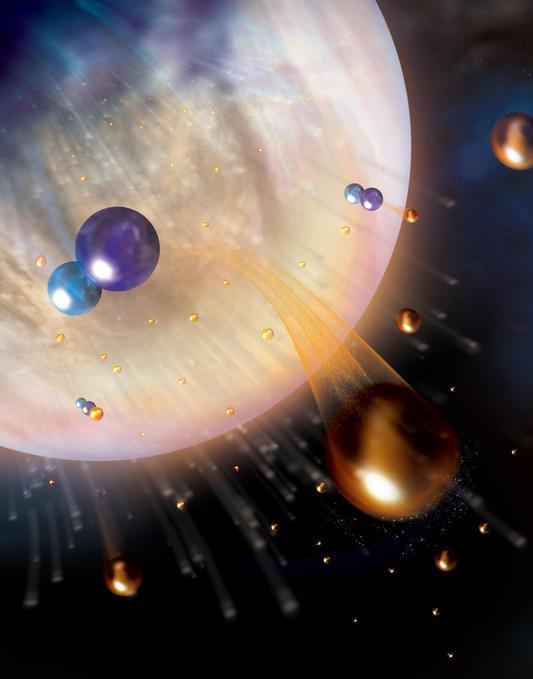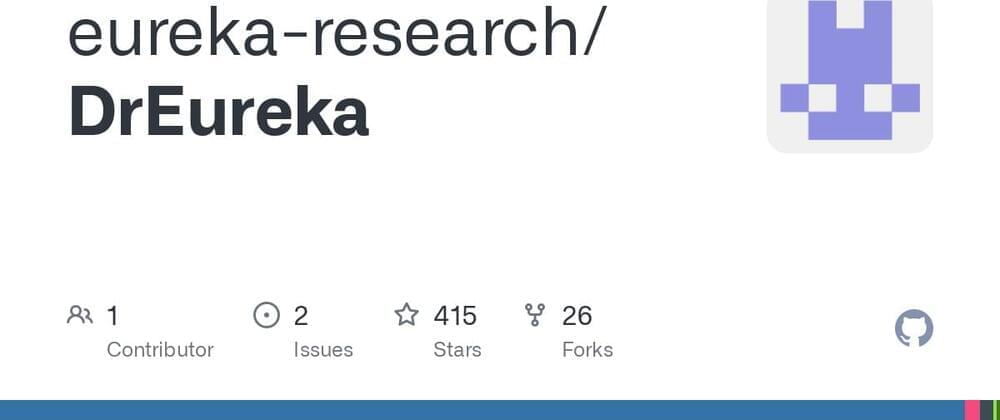“Water is really important for life,” said Dr. Eryn Cangi. “We need to understand the conditions that support liquid water in the universe, and that may have produced the very dry state of Venus today.”
How did the planet Venus lose its water? This debate has rage on for some time and something a recent study published in Nature hopes to address as a team of researchers from the University of Colorado Boulder (UCB) and the University of Arizona (UoA) as they have potentially conducted a groundbreaking study that could help explain the processes responsible for making Venus the hellish world it is today, whereas scientists have long hypothesized that the second planet from the Sun was much more hospitable billions of years ago.
“Water is really important for life,” said Dr. Eryn Cangi, who is a research scientist at the Laboratory for Atmospheric and Space Physics (LASP) at UCB and a co-author of the study. “We need to understand the conditions that support liquid water in the universe, and that may have produced the very dry state of Venus today.”
For the study, the researchers used a series of computer models to challenge previous studies regarding the mechanisms and speed that Venus lost its water. In the end, the team attributed Venus’ water loss to a process called “dissociative recombination”, which occurs when molecules are broken down and other molecules form as a result. While this process does not naturally occur on Earth and has been found difficult to replicate in the lab, it is a fundamental process in space physics and understanding how the rest of universe works.




